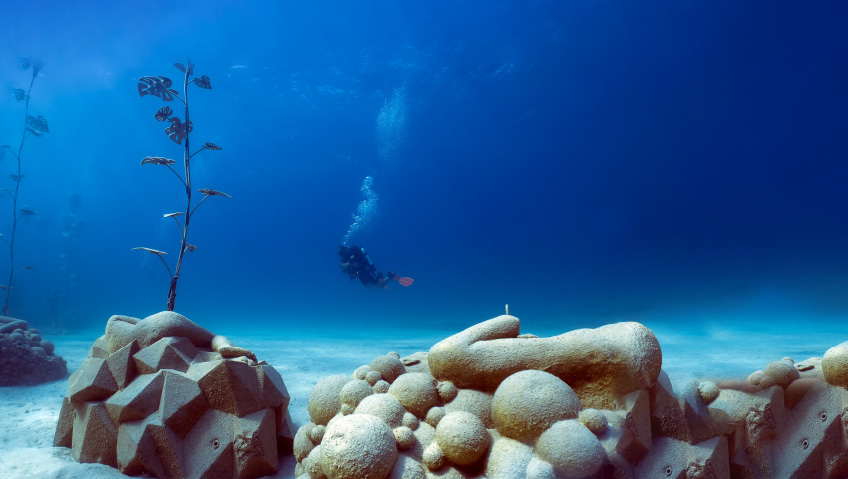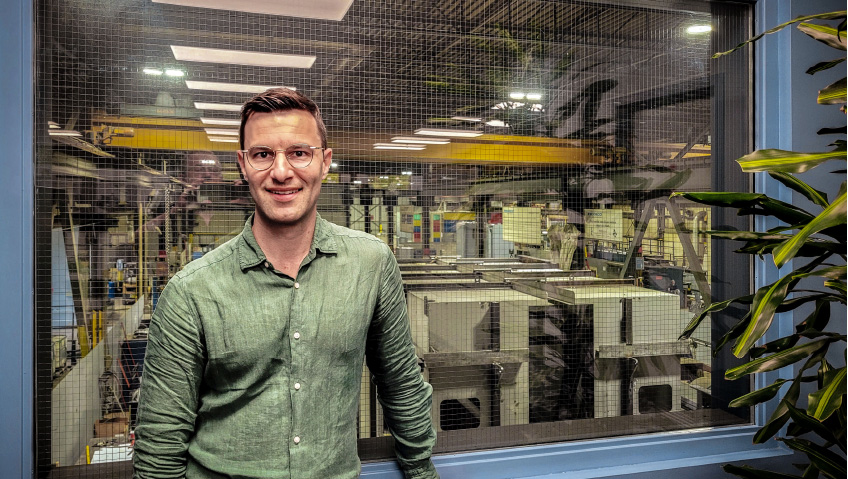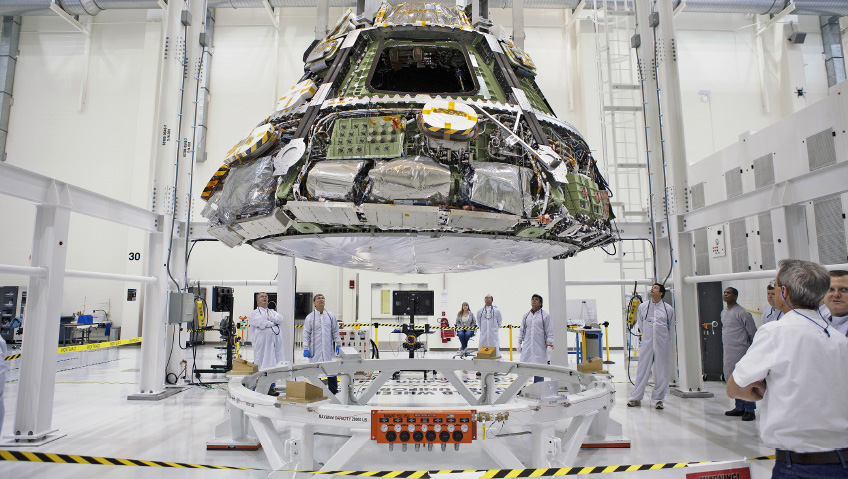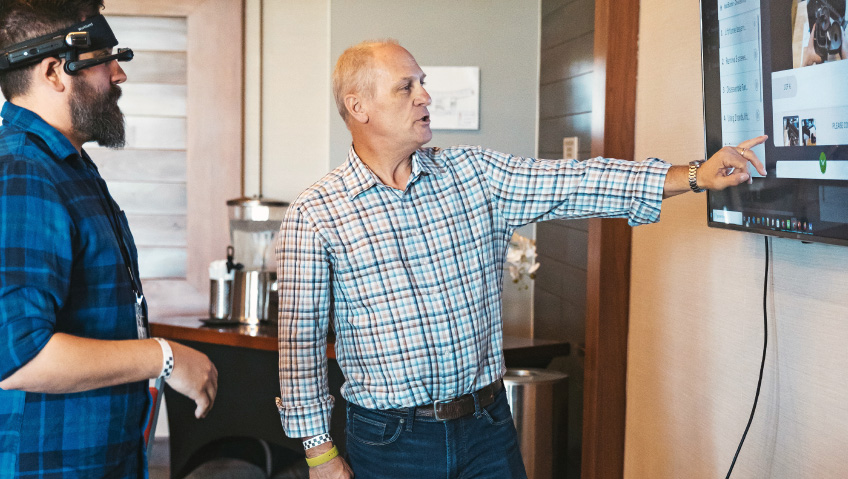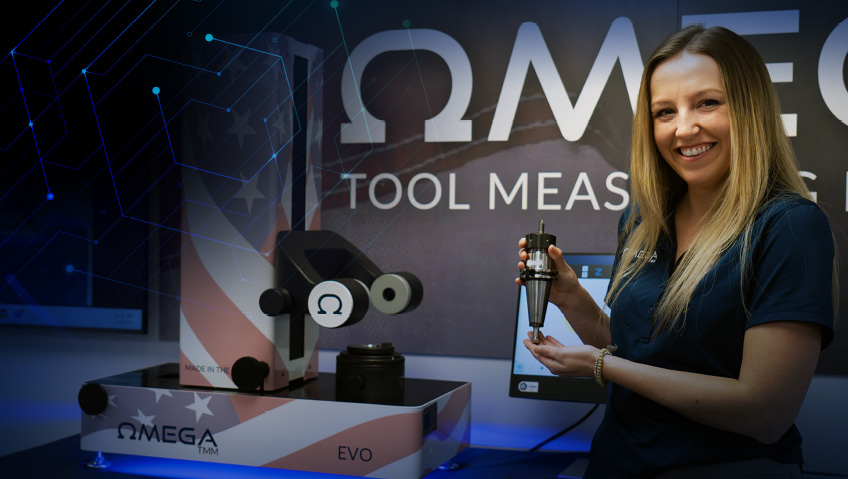Many manufacturing and construction careers are fraught with risk. This is especially true when it comes to projects that take workers below the water’s surface into the cold, dark depths. With this new environment comes a new set of challenges and risks that requires added skills like scuba certification, as well as immense mental and physical fortitude.
These careers are especially taxing on the body and require an elevated level of skill and performance, which is why these services come at a cost: the financial cost is greater, as is the cost to human life. The death rate for underwater welders is greater than that of a welder on land.
Underwater projects introduce new sets of safety and operational challenges for crews to overcome, but as these challenges emerge, so too do new innovative technologies that advance what is possible.
One technology that has found utility in underwater projects is three-dimensional (3D) printing and related 3D technologies, which are being used to keep workers and underwater assets protected and provide valuable data that can be used to inform decisions both economic and environmental.
How does it work?
To understand how 3D printing and other technologies are being leveraged for underwater projects, it is important to understand what it is, how it works, and why it makes sense for underwater professionals to consider this technology in the future.
Though it has come a long way, 3D printing, also referred to as additive manufacturing, is in its technological infancy, particularly when it comes to underwater applications. The process enables users to “print” objects in 3D form from a digital file using a variety of materials. Objects are created by applying successive layers of material in cross-sections until the process results in the desired final product. The technology can be used to create complex shapes and geometries using less material compared to traditional manufacturing processes. This is a relatively simple explanation of the technology and the process, as there are more complicated versions like volumetric 3D printing that can print entire structures at once without the need for layering the materials, but this is still in development.
Additive manufacturing is used for everything from hobby crafts to the construction of houses, and now, it can be used underwater to improve the safety and efficiency of construction and maintenance projects. It has been leveraged by crews to manufacture parts for subsea equipment and operations, and to facilitate the inspection and maintenance of subsea infrastructure, offshore construction activities, marine conservation, coral reef restoration, archaeological exploration, and so much more.
Going below the surface
A specific application of relevance is 3D photogrammetry, which is increasingly being employed to monitor and map underwater assets. Mapping models involves capturing multiple photos of an object or scene from different angles to create a 3D model from which information can be drawn and decisions made. These activities support underwater inspection activities by providing accurate information and valuable data that can convey the asset’s condition, be it a port structure, vessel, offshore windfarm, chain mooring, water tank, et cetera. It offers a new perspective and improves the safety and ease of these missions.
One intriguing way that 3D technology is being used is in the creation of artificial reefs that promote marine biodiversity and relay valuable information about the conditions at sea to shore. There are several examples where this is being used around the world, including those that have been deployed by CyBe Construction in partnership with SeaBoost and VICAT off the coast of France. These large geometries are optimized to encourage biodiversity and facilitate a new environment for divers and researchers alike to explore.
Similarly, Florida Gulf Coast University’s Water School located at Kimberly’s Reef, which can be found 10 miles off the Florida coast, is a living underwater laboratory composed of 3D-printed coral-like pieces that have been attached to large underwater concrete culverts to encourage diverse species to call it home (see Construction in Focus, May 2024).
This artificial reef serves as an inter-disciplinary research platform and an invaluable source of information to educate and advocate for the preservation of coastal waters and the marine environment and economic contributions they support. The reef will also provide data related to environmental events like red tide that have wreaked havoc on the Gulf of Mexico, particularly Florida beaches and the ecosystems tied to those areas.
Using this data, researchers can better understand the impacts of these events, particularly on marine organisms and their ability to recover, as well as gain insights into meteorological and oceanographic conditions for the benefit of the humans and the wildlife that depend on the health and vitality of these environments.
A future to be explored
As with the adoption of any new technology, it takes time to adapt, but 3D technology offers advantages that cannot be ignored. While 3D technologies like additive manufacturing are not new, they are relatively new in underwater applications, so the more research that is conducted and the more tools and applications that are discovered and advanced, the greater an impact it can have.
This is currently underway. To better facilitate underwater 3D applications, teams are developing robots and advanced remotely operated vehicles (ROV), improving the efficiency of the overall process in the complex underwater environment. Southern Ocean Subsea (SoSub) is a designer and manufacturer of underwater robots and robotic tools for underwater operations. It continues to work with industry partners to develop these complex robotic systems to facilitate the use of 3D printers and related technologies below the water’s surface that satisfy the demands for repeated loads, tight tolerances, and precise dimensional accuracy.
As automation and robots are further developed and integrated into the application, 3D technology will become a go-to to improve the ease and safety of underwater exploration, construction, and maintenance activities, ever expanding the number of applications where it can play.
While 3D technology is particularly useful underwater, it is not a perfect solution. No different from the challenges faced by divers, the equipment is still subject to visibility issues and exposure to underwater hazards including temperature and pressure differentials, currents, and other variables—but is far less susceptible to them than humans are and offers far greater precision.
Likewise, material selection can be a challenge. For instance, the materials used must be resistant to corrosion and mold and capable of adhering to surfaces underwater to ensure they offer structural integrity. Material developments continue to progress as the capabilities of 3D printing are fully realized.
Regardless of the challenges, when conditions are right, 3D technology offers enhanced visualization and the benefits associated with retrieving mass amounts of data that can be archived and used in myriad ways. From keeping workers safe, to effectively informing companies of the state of their underwater infrastructure and assets, to monitoring conditions underwater, truly, the potential of 3D technology’s underwater application is endless.

